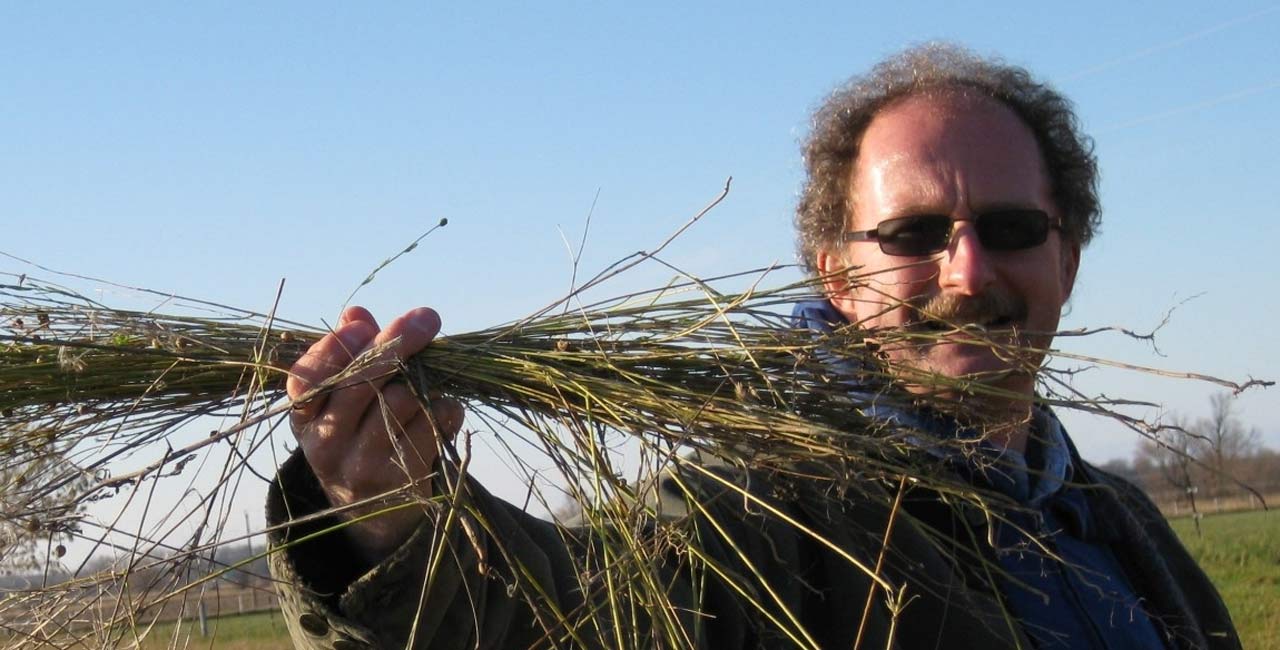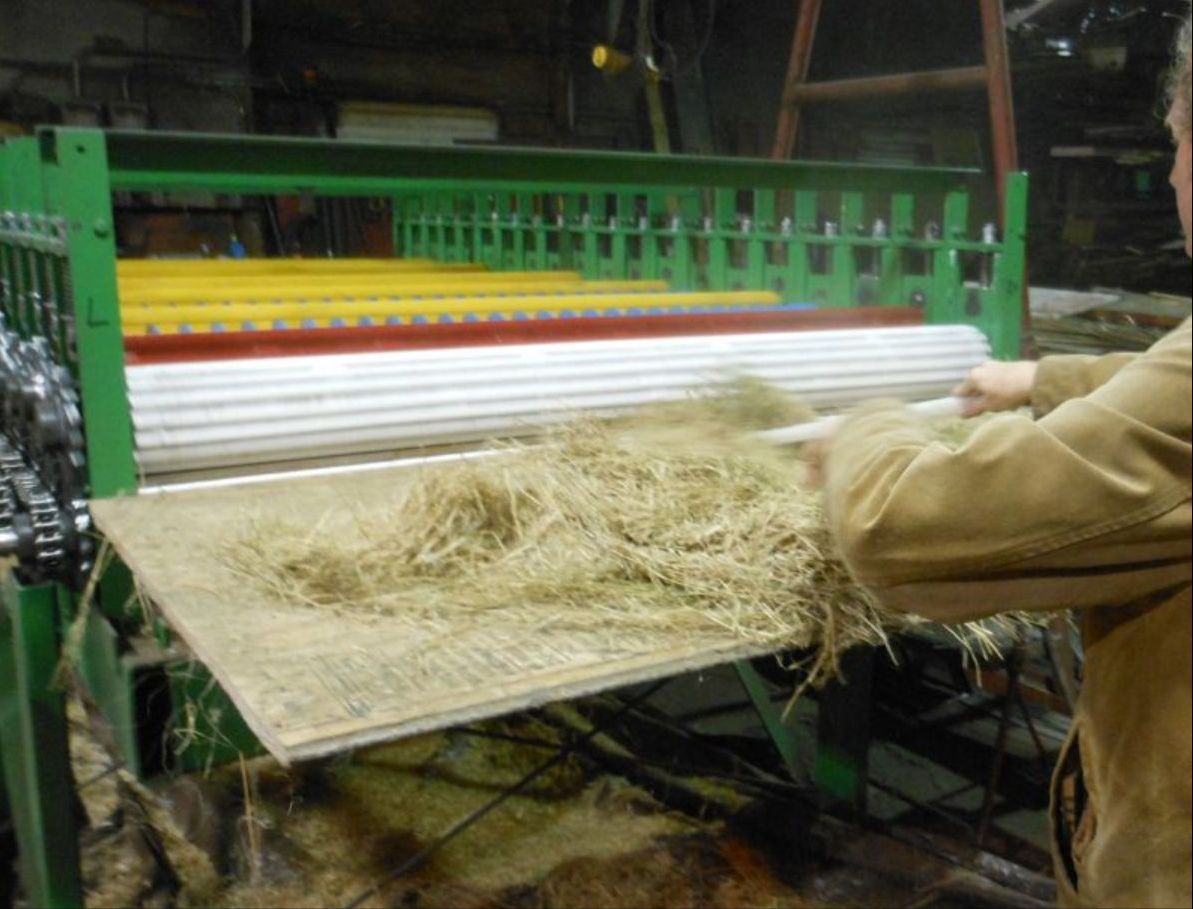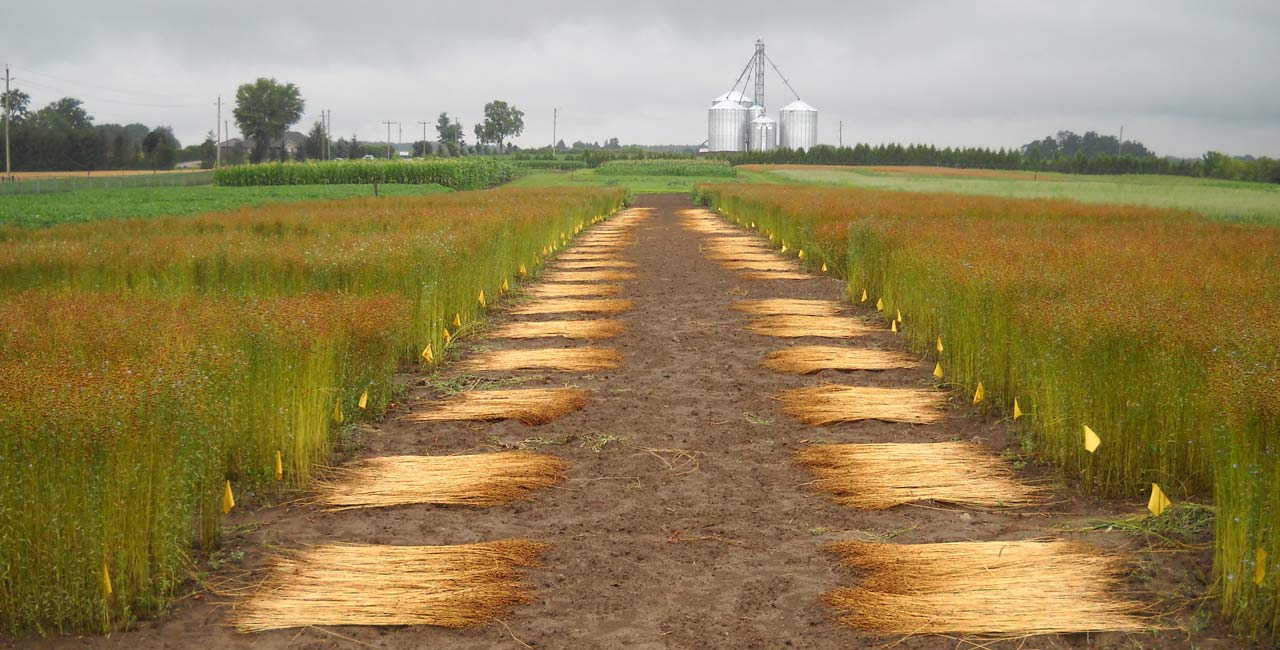Fibre Flax - Labour Market Analysis
Incite Planning was asked by the Northwest Middlesex Multi-Service Centre to help analyse the job creation potential of a reintroduction of fibre flax into Ontario.
Over three-quarters of the world’s fibre production is either polyester or cotton. But ancient natural fibres such as flax are still being grown and under the principles of Sustainable Development could be revived as a viable industry in Ontario. During the Industrial Revolution, the automation of cotton production monetarily overtook that of flax and wool and are now outcompeted by synthetics due to underpriced fossil fuels. The strength of natural fibres is their reduction of ecological impacts, though its price competiveness can only be achieved once the waste management and petro-chemical costs of synthetics are accounted for. Flax is a “bast” plant and, like hemp, needs its bark rotted before the inner fibres can be mechanically separated. But every part of the plant can be used, long fibres for textiles, short fibres for composites, seeds for oil, bark for lightweight construction material or fuel. Fibre flax is mostly grown in Europe and China, with technical expertise concentrated in Western Europe and production concentrated in China. New uses for flax are being explored, particularly automotive, but the industry is dominated by the whims of fashion. If textiles drive flax prices up, these alternative applications can easily substitute other fibres. Diversification of flax producers into these emerging uses may be a stabilising strategy, but so may the emphasis on the high-quality of flax.
Ontario has a century-old (1850s-1950s) flax tradition, that includes the harvesting of flax by Native Canadians and the invention of the world’s first flax-puller. Interest has been rekindled since the 1990s, however, competing internationally means beating low-cost, high volume Chinese manufacturing or high-quality European production prices. The commodity price of oil, polyester, cotton, and flax do not have a straightforward relationship, but as we shift to a new energy regime and the price of oil escalates, this will be sorted out and low-cost products like flax will come into their own.
Canada’s potential for jobs in the newer bio-product industry is unfulfilled, and the jobs in the older textile industry are shifting towards more technical and value-added markets. Poor employee recruitment and a lack of training are cited problems. The financial crisis has been troublesome, particularly for younger firms, but it is a lack of vision that leaves them vulnerable. They feel hampered by the bad image their industry has and its poor visibility as a sector, since 42% are located in rural areas and small towns. However, Ontario is well situated for a flax revival since a third of these firms are already located there and the trend of increased local sourcing of biomass can be supplied from its strong agricultural base. The job-multiplier in other occupations is 1.7 for every job created in textiles. Interviews with potential users of flax fibre indicated tentative receptivity. A common response was to request a sample to test in their equipment, since growth in the use of a “new” fibre would depend on its technical performance and acceptance by their customers. We felt that a reasonable forecast would be the creation of 200 to 300 jobs.






